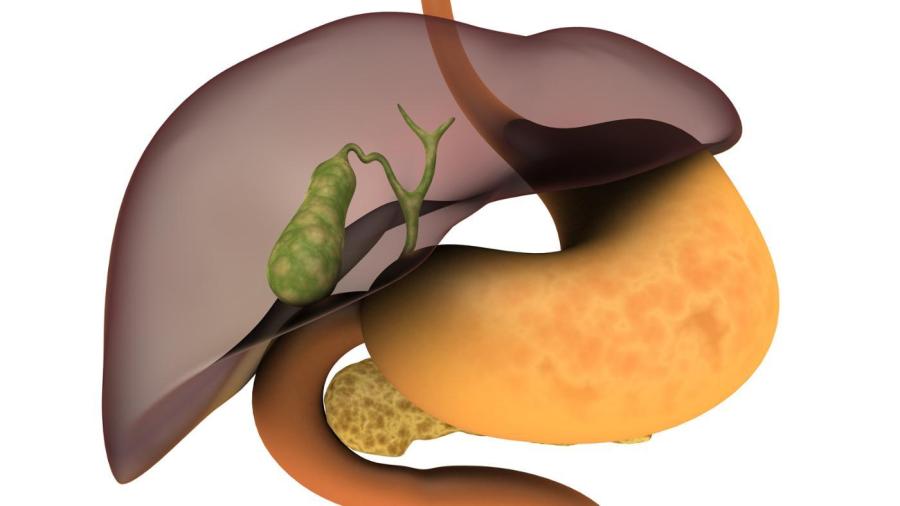What Is a Heterogeneous Liver?

A heterogeneous liver appears to have different masses or structures inside it when imaged via ultrasound. These masses may be benign genetic differences or a result of liver disease. In most cases, a finding of heterogeneous liver is followed by further medical testing to determine the cause of the heterogeneity.
A heterogeneous liver can be caused by fatty liver disease, tumors or cirrhosis. CT scans can detect the additional fatty structures in the liver, which appear on the scan as areas of lighter-colored tissue, according to an article in The Oncologist. Fatty liver is a reversible condition that can be brought on by bad diet or high alcohol consumption. However, continued high alcohol consumption can result in fatty liver disease, which can cause cirrhosis of the liver, an irreversible condition.
Tumors can range from benign liver tumors to cancerous masses and metastases from cancer elsewhere in the body. Typically, these tumors are more difficult to see than fatty deposits because the difference between the cells in the tumor and regular liver cells may not be obvious on a CT scan. A heterogeneous liver may be a sign of a serious underlying condition, or it may be caused by reversible liver conditions like fatty liver disease.





